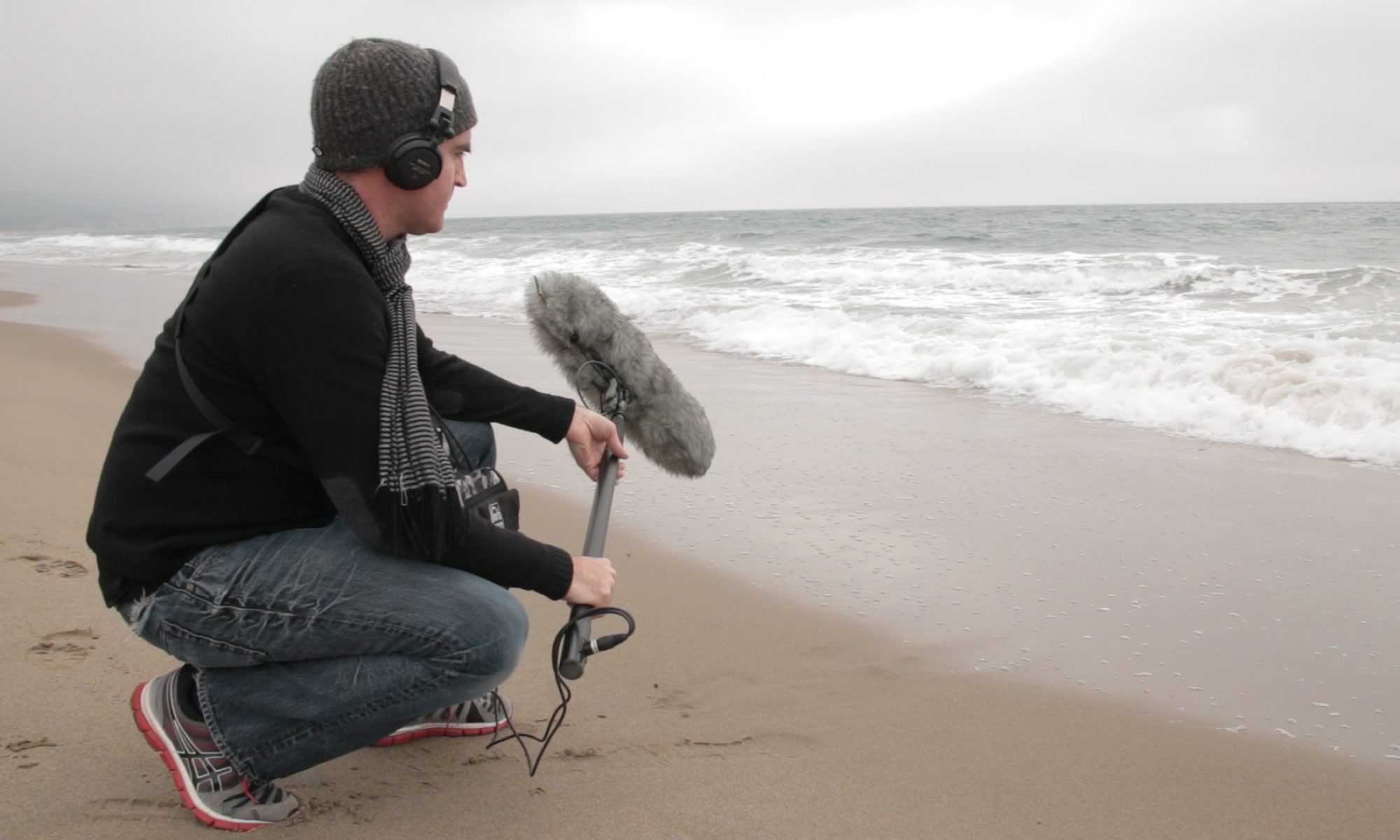I’m happy to announce that Foothill College will be presenting its first electronic music festival, Electroacoustica.
I’ve been working to put this together for the last year, and it’s super exciting to see the plan come together. Here’s the little press blurb for the concert:
An impressive lineup of experimental electronic composers will perform their own work over two nights of diverse concert programs. Concert One (April 3rd – 8PM) features Pamela Z, Matt Davignon, and Tom Dambly performing a variety of compositions for voice and electronics, drum machine, and processed trumpet. Concert Two (April 4th – 8PM) is dedicated to the memory of composer Mark Trayle, who had been scheduled to perform on the festival, but recently lost a year-long battle with cancer. The second concert also includes new works by Eric Kuehnl featuring piano with live electronics and the LinnStrument performance controller. The festival will conclude with two compositions by Matt Ingalls mixed live through an eight-speaker sound diffusion system.
Tickets are available now: $10 Students & Seniors/$15 General http://www.electroacoustica.org
Get your tickets soon before they’re gone! (Hopefully…)
That’s Mark Trayle in the photo above, performing Capital Magnetic for credit card reader and musical saws. Mark was my primary composition mentor at CalArts, and chaired the comp department there for many years. He had a huge influence on the next generation of electro-acoustic composers. He will be missed.
